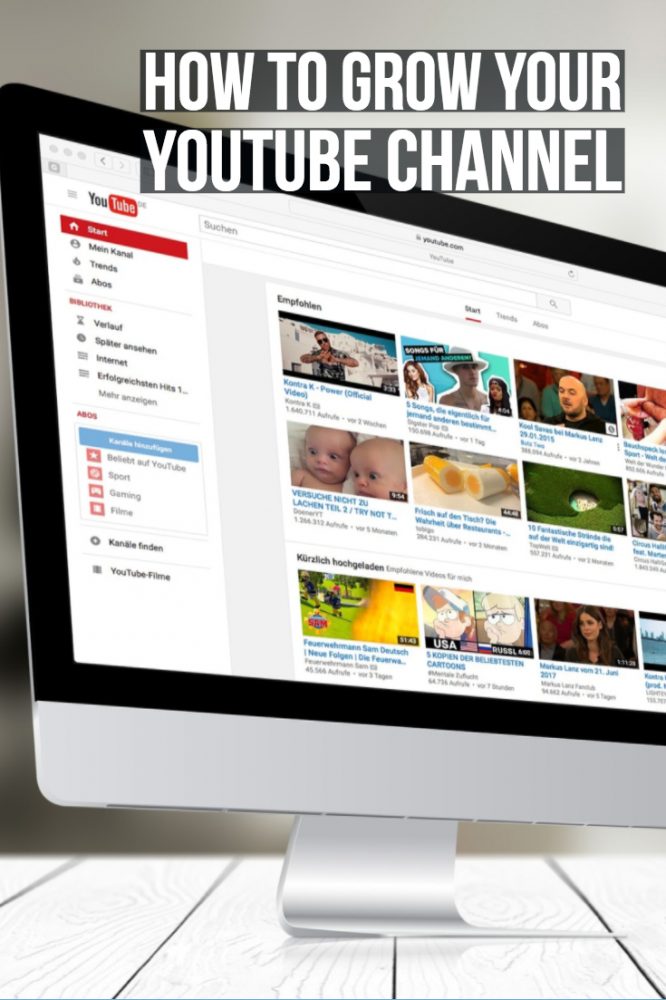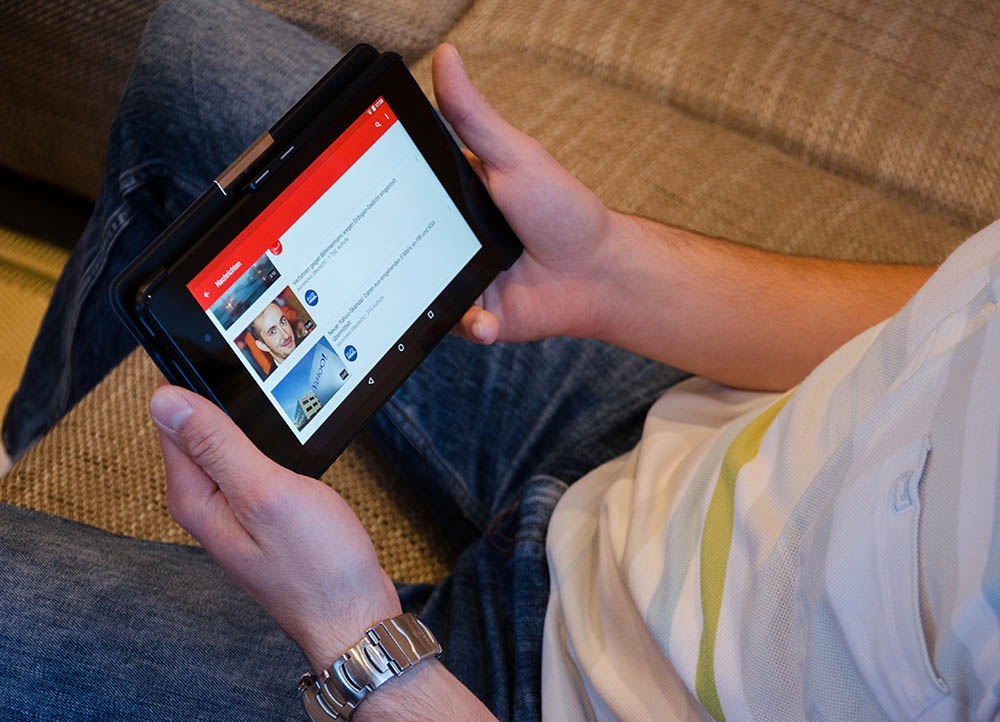Earlier this year, I started a blog series loosely called, “How I am Learning to Make YouTube Videos.” It’s now been several months later, and I’m happy to report encouraging numbers indicating success. And more importantly, I have new insights into what I think will most help new video creators out. Let’s get started!
Why Video?
I’ve been a full-time professional photographer since 2012. As a freelancer, I rely mostly on social media marketing, referrals, and word-of-mouth for paid jobs. So far, it’s been enough to make a full-time living. But over the past year, I’ve noticed that demand for professional photography is…taking new forms. Client budgets are shrinking, expectations are shifting, jobs are MUCH more competitive, and pro photographers are getting ousted by social media professionals and sometimes even amateurs. To be clear, I’m not expressing disdain for any of these changes–they’re just a growing reality that photographers need to adjust to. These are just a few reasons why I’m choosing to evolve my skill by expanding into videography. If you’re a photographer reading this article, I suggest that you consider doing so too.
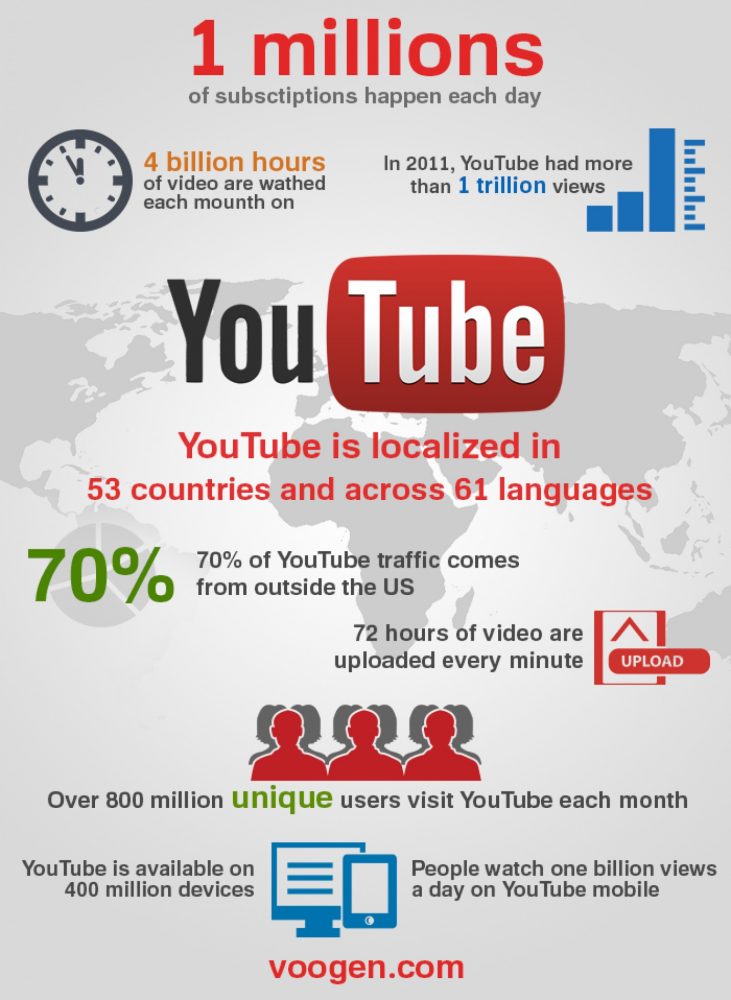
Why YouTube?
I’ve come to believe that YouTube is among the best platforms out there to publish creative content. That’s because:
a) There’s a massive audience on YouTube.
It 2017, it was reported that there are over 1.5 billion monthly active users on YouTube. They’re bested only by Facebook (at 2 million), but quite a bit more than Instagram (700 million) and Twitter (328 million). That’s a pretty big audience of people to reach.
b) YouTube gives you the opportunity to monetize your content.
It’s not a lot of money, but it’s more than Instagram will pay you for your creative efforts. Earlier this year, YouTube recently reigned in its monetization rules. In order to make money on YouTube, channels now have to have over 1,000 subscribers and over 4,000 hours of watch time in the past 12 months. While some see the new rules as being unfair or difficult to reach, they actually make a lot of sense. Basically, YouTube is saying that your content has to have enough value to earn money. Fair enough.
c) Content has a longer life on YouTube than Facebook or Instagram.
It’s hard to find statistics to support this claim, but my own experience tells me this is true. For average non-celebrities, the lifespan of a social media post is quite short. A Tweet is said to have a median lifespan of 18 minutes while a Facebook post reaches about 75% of engagement in the first five hours. Basically, social posts don’t live very long.
But then there’s YouTube. I’ve found that as long as a new video I post can get an initial boost of views (by me promoting it on other social sites), that video tends to get pushed into YouTube’s algorithm. In its own time, YouTube will recycle that content for me and put it in front of other audiences. If you think about the strategy of YouTube, this is totally logical. YouTube wants to keep viewers on its platform for as long as possible. The longer a viewer stays, the more ad revenue and clicks can be generated. So YouTube is going to take whatever content seems the most popular and relevant to a viewer and keep trying to get you to watch it. All you need to do is indicate to YouTube that your videos attract an audience.
Our First YouTube Paycheck
In fact, I think it was YouTube’s algorithms and automatic promotion of content that earned us our first paycheck. It didn’t come from YouTube, but rather a media company called Matador Network. Months after posting a video of a glass bottom pool, Matador saw the video on YouTube. They reached out to us wanting to license it for a fee. We agreed and got paid after we sent them the video. They ended up editing it to their taste and posting it to their Instagram account, with a video credit. Not a bad deal!
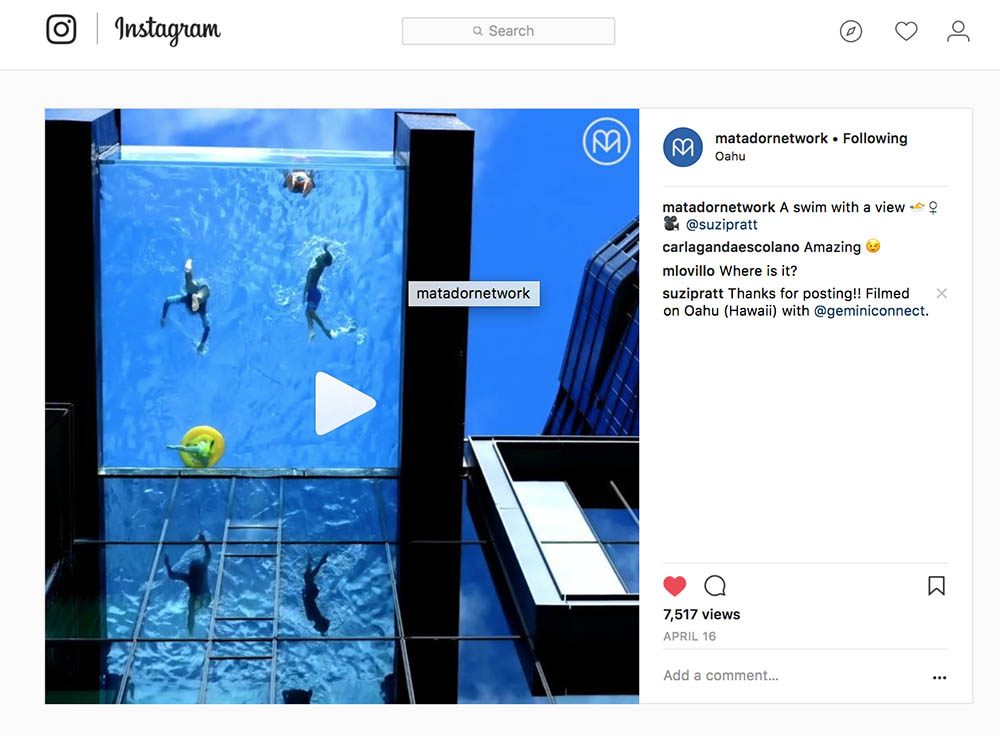
YouTube Channel Growth in 3 Months
I started my videomaking journey with just a cell phone. It was a minimal smartphone videography setup, but it got me through my first 3 months of my video-creation. The YouTube channel had 43 videos published, a little over 500 subscribers, and zero dollars earned. A few months later, I’ve invested in proper videomaking gear and am I’m happy to report some encouraging numbers: 23 additional videos posted, 284 new subscribers and our first paycheck earned. What’s been the secret sauce to success? Here are some thoughts.
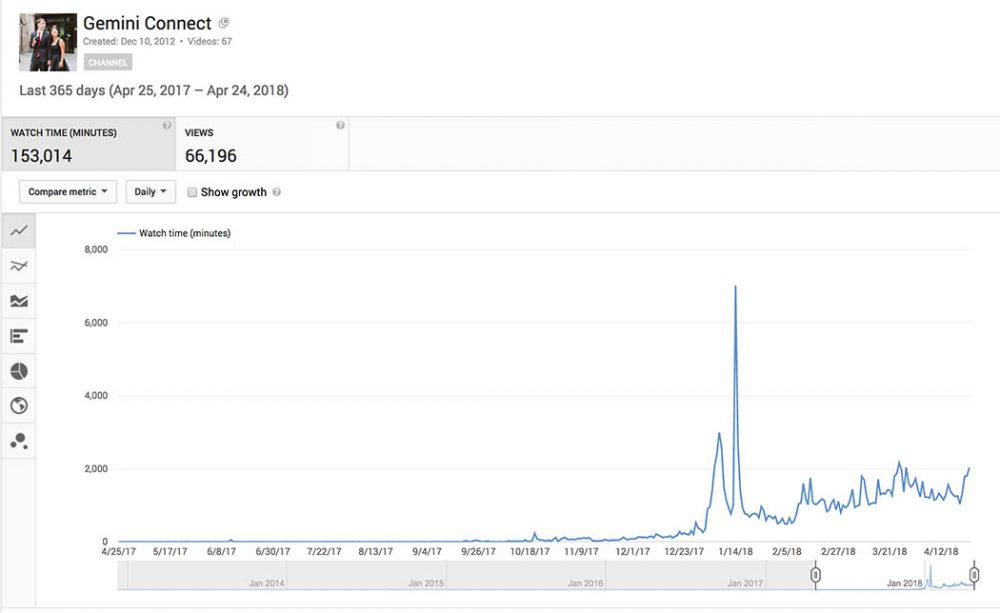
Tips to Grow Your YouTube Channel (and get better at making videos)
1. Post videos on a regular basis.
This is kind of a no-brainer. The best way to encourage more engagement on any social media platform is to post new content regularly. For some platforms and brands, that means new content every day–this is certainly the most effective way to grow Instagram. Daily posting on YouTube is also ideal, a fact best demonstrated by YouTuber Casey Neistat whose growth on the platform exploded when he started his daily vlog. But for most of us, making daily videos is a huge challenge. For my YouTube channel, the goal has been at least one new video a week. Whatever posting interval you choose, stick to it. That’s the best way to make sure you follow through and it helps grow your audience as they know when to expect new content from you.
2. Practice your video skills daily.
Even if you don’t make and post a new video on YouTube every day, it’s important to keep your videography skills fresh. That means practicing in some form at least every (or every other) day. Every day, I use whatever camera that’s most convenient to record little snippets of my life. Sometimes it’s as simple as filming my process of making coffee, or my experience at a new restaurant. More often than not, these videos are for my own personal library, but occasionally I’ll post them on YouTube. That leads me to my next point.
3. Don’t be afraid to experiment.
When I first started making videos, it was scary to think about actually publishing them for people to see. There is so much to learn and apply that I never felt fully confident in the quality of the videos that I was making. But after awhile, I started publishing them on YouTube anyway. This was important to start understanding how YouTube worked. You never know what content is going to do well until you put it out there for people to see. I’ve had some (most) videos not perform very well, and others have been widely popular (more on that later). It’s great getting reactions out of an audience and taking that feedback to make better videos.
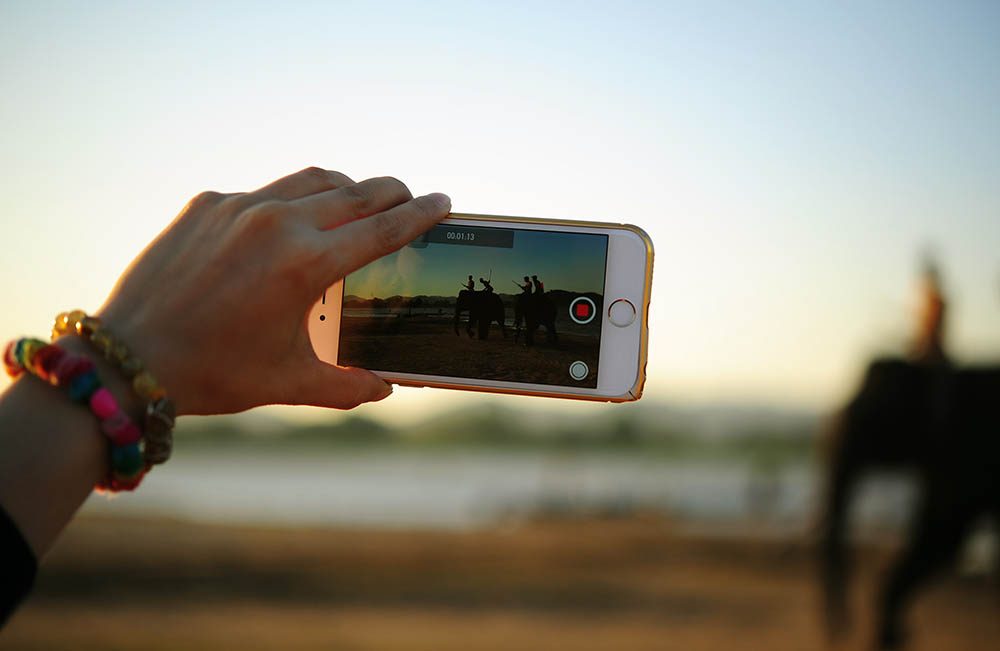
4. Follow YouTube best practices.
Like most social networking platforms, YouTube has a handful of best practices that will boost your content’s success. Here are some things you should do to your videos to maximize their success on YouTube.
a) Add an attractive thumbnail.
After you upload your video to YouTube, you can include a custom thumbnail. Think of this is as your video’s movie artwork. The more attractive or intriguing it looks, the more clicks you’ll get. Try to create thumbnails in a consistent design or layout to add a sense of cohesiveness to your YouTube page. One of the best tools out there for making YouTube thumbnails is Adobe Spark. If you’re already subscribed to Adobe Creative Cloud, you can use Spark for free without restrictions.
b) Include an Endscreen.
When your video finishes playing, Endscreens let you add links to encourage the viewer to click on more of your videos and/or subscribe to your channel. Be sure to add the Endscreen to your videos to promote more content.

c) Info Cards.
Similar to Endscreens, Cards are little blurbs with links to other videos to encourage viewers to explore other videos of your choosing. Cards are good to use if you reference other videos frequently.
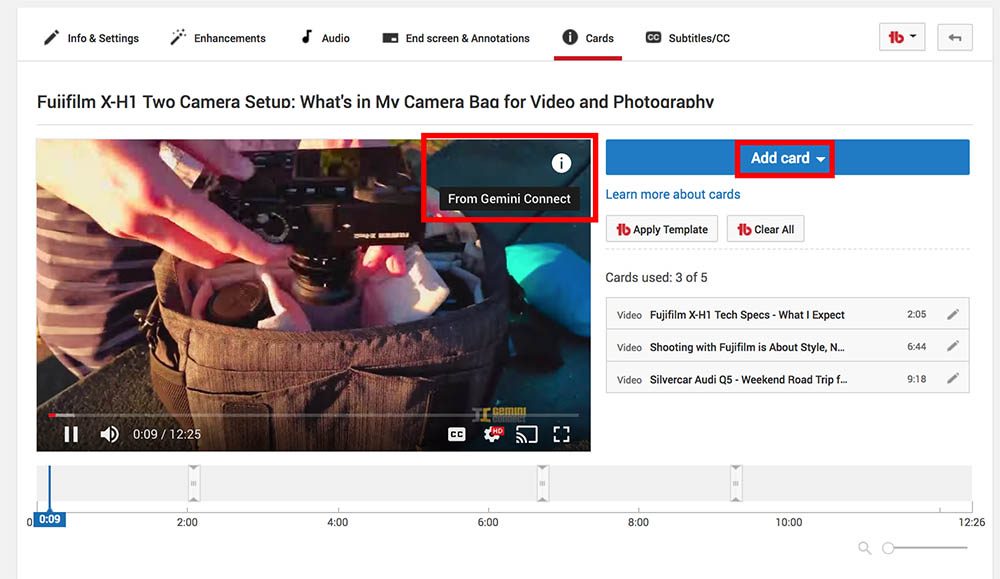
d) Include a video title and description.
When you upload a new YouTube video, always make sure to add relevant video titles and descriptions. If you think of YouTube as a search engine (which it is, for videos), SEO keywords definitely apply. So do some research and be sure to use the best keywords. Find out my favorite YouTube SEO tool below.
e) Write a comment and pin it to encourage discussions.
After publishing a video, take a moment to write the first comment for your video. It’s often best to pose a related question that will stimulate discussion and encourage viewers to comment. This act of commenting is another feature that tells YouTube your video is engaging. The more comments you have, the more valuable your video appears.
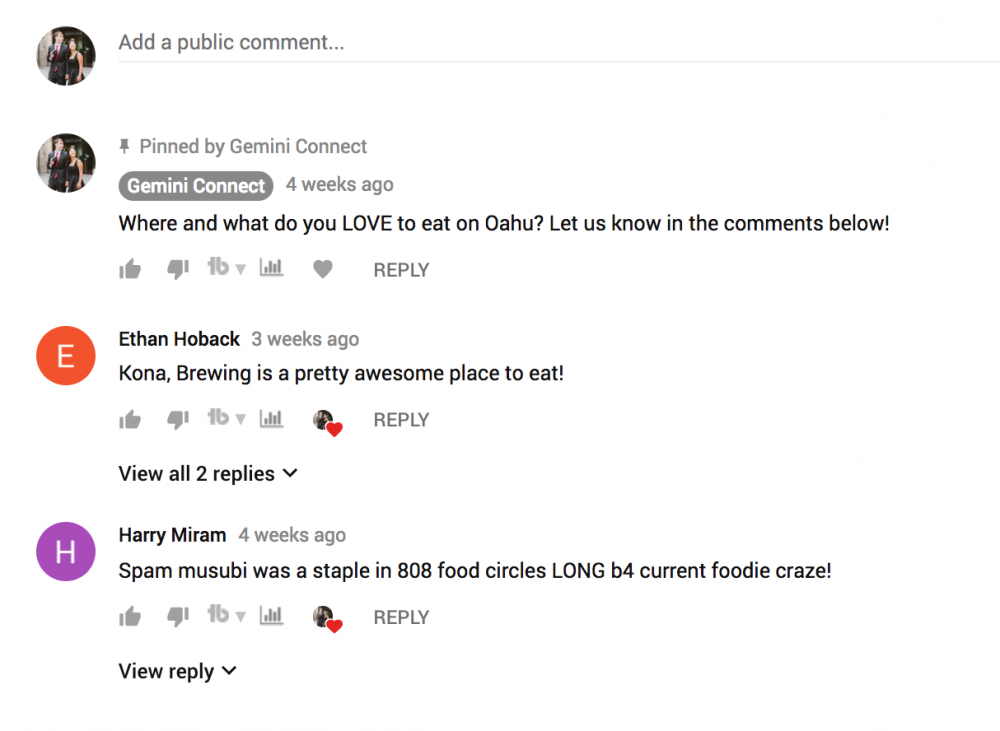
f) Reply back to every comment.
Along the lines of commenting, be sure to respond back to every comment with a thoughtful answer. In addition to boosting the video’s SEO, this act also shows other viewers that you’re still engaged and monitoring the video even after it’s been published.
g) Organize your YouTube channel into playlists.
Finally, it’s a YouTube best practice to customize your channel as best you can. Admittedly, you can’t do a whole lot to your channel. But start with organizing your videos into playlists to help viewers focus their attention. Also, add a clear profile picture of yourself and upload channel art. Finally, you can think long-term about adding a channel trailer, or a quick video introducing your channel to new visitors.

5. Use TubeBuddy
If you’re into website SEO, you know that Google Keyword Planner is the main free tool for researching keywords for your website. It turns out there’s a separate but similar tool for YouTube, and it’s called TubeBuddy. Available as a Google Chrome extension, TubeBuddy helps you figure out what keywords are hot on YouTube so you can add them to your video. There are several other benefits as well such as showing you more insights into other channels, but keywording is the feature I use the most. There’s a free version of TubeBuddy that limits the data it shows you. I got so much value out of it that it was worth paying the one-time fee for unlimited use.
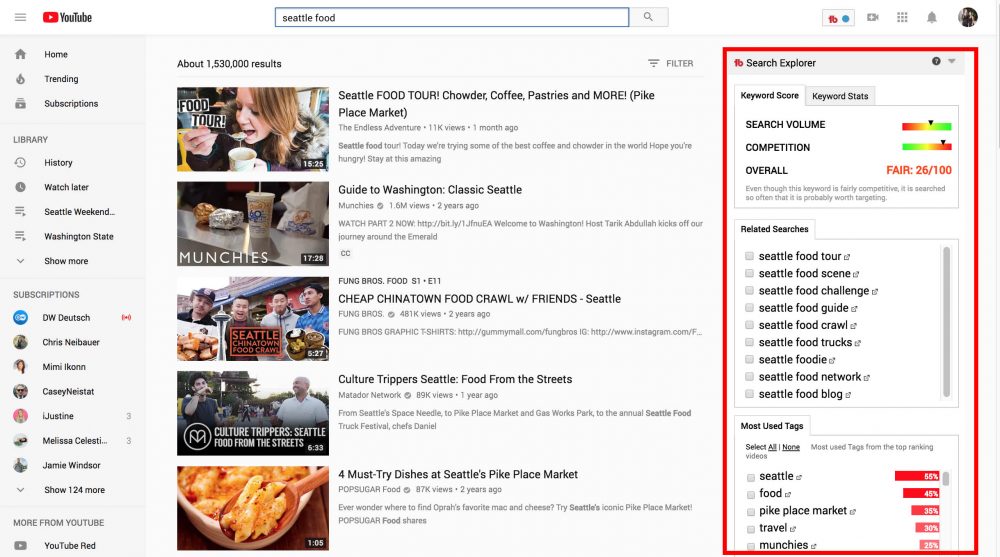
6. Find Your Tribe.
Finally, my last piece of advice is to do your own self-promotion of your video content. It’s painfully obvious that all social networks have their flaws, some riskier than others such as Facebook’s data scandal. This is all to say that you shouldn’t put all of your social media eggs into one basket. Don’t rely on posting to just one channel. Keep up with social media industry news and always be researching new places to find your tribe and help promote your own content.
At the moment, Facebook Groups have been the most useful for promoting my YouTube videos. There is still very frequent and heavy engagement with Facebook Groups. If you can create engaging and relevant video content, FB Groups is a place to promote it. LinkedIn is another network worth taking advantage of. I notice that many of my LinkedIn posts, particularly videos, get hundreds, sometimes thousands, of views.
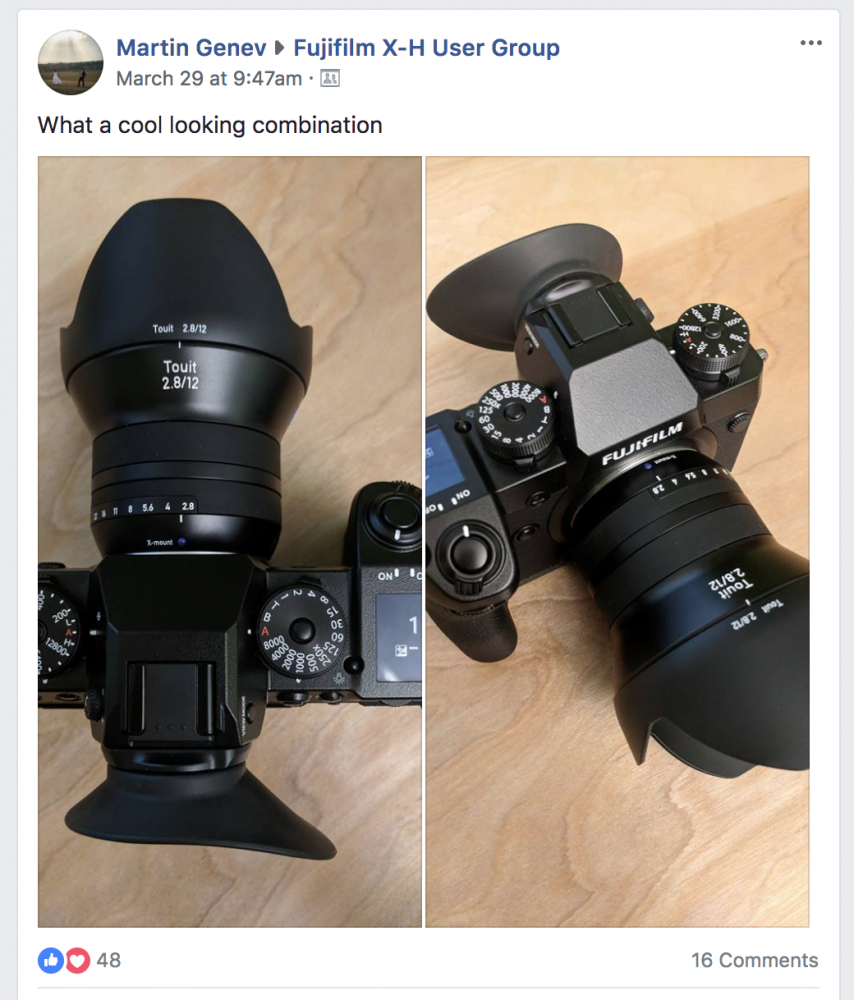
In Summary
Like every other social networking platform, success on YouTube won’t come overnight. It can take months of experimenting to find your video audience, and even longer learning video creation techniques. But given the future outlook on professional photography, I think video making will only be more important of a skill to offer to prospective clients.
What are your thoughts on YouTube? How often do you use it?